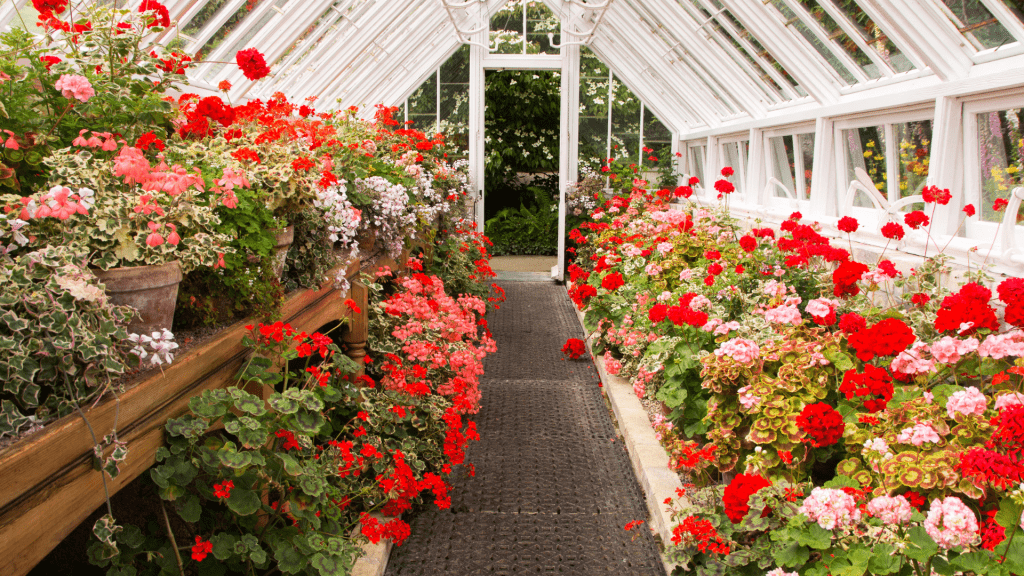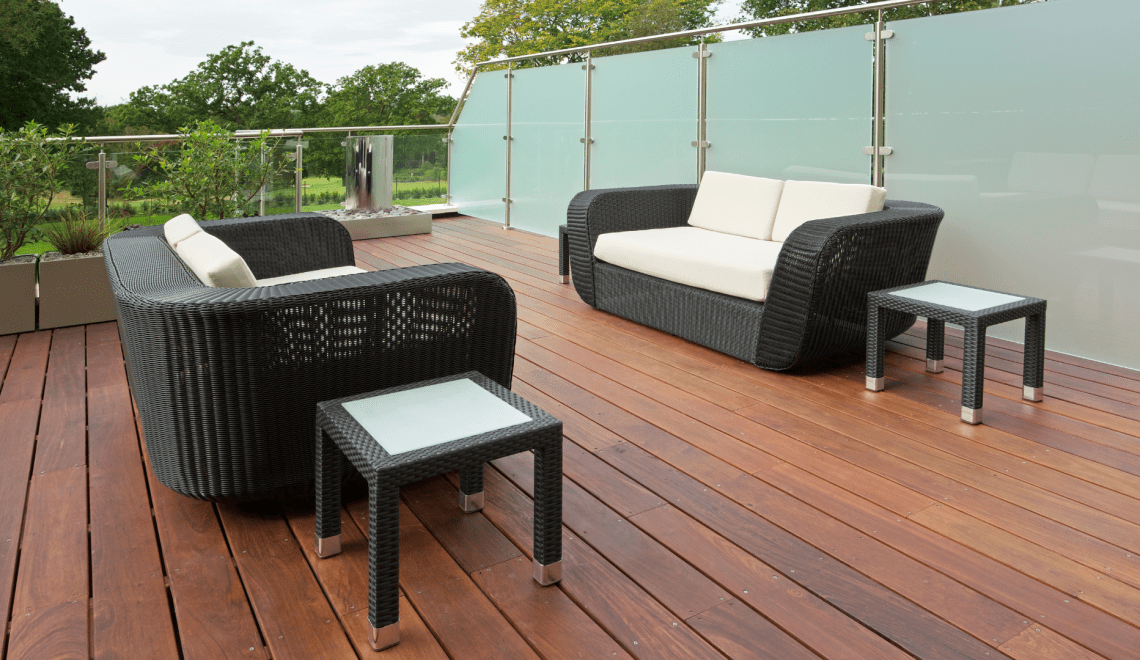
Building a greenhouse requires thoughtful planning, especially when it comes to selecting the right glazing material. The glazing you choose plays a crucial role in the efficiency and longevity of your greenhouse, affecting factors like light transmission, insulation, and overall durability. Here’s a guide to help you make the best decision for your greenhouse.
Understanding the Importance of Glazing
When building or upgrading a greenhouse, glazing serves as the primary layer of protection for your plants. It’s essential to select the correct material, as it influences light levels, temperature regulation, and humidity control. Choosing the right glazing material can help create the perfect growing environment for your plants, whether you’re growing vegetables, flowers, or tropical plants.
Types of Greenhouse Glazing Materials
There are several popular options for greenhouse glazing, each with distinct advantages. These include glass, polycarbonate, and acrylic sheets. Understanding their features will help you determine the best fit for your setup.
Glass Glazing
Glass is a traditional and popular choice for greenhouse glazing. It offers excellent clarity and is highly durable. Glass allows for maximum light transmission, which is essential for plant growth. However, it can be more fragile than other materials, making it prone to breakage in severe weather conditions.
Plastic Glazing
Plastic glazing is a broad category that includes materials like polycarbonate, acrylic, and polyethylene film. These options are lightweight, durable, and generally more affordable than glass.
Whether you’re constructing a new structure or upgrading an old one, opting for high-quality plastic greenhouse glazing can offer a practical balance between light transmission and insulation.
Polycarbonate Glazing
Polycarbonate is a durable, impact-resistant material ideal for colder climates due to its excellent insulation. Since it’s available in single and twin-wall options, the twin-wall provides additional insulation. However, polycarbonate can be more expensive than glass and may slightly reduce light transmission, making it a trade-off for energy efficiency.
Acrylic Sheets
Acrylic sheets are a clear, durable, and lightweight alternative to glass. They offer excellent light transmission, impact resistance, and better insulation, making them ideal for greenhouses. However, acrylic can scratch easily and become brittle in extreme temperatures, affecting its long-term appearance.
Key Considerations When Choosing Your Glazing Material
When choosing your greenhouse glazing material, consider factors like climate, light transmission, and durability. Here’s how they can affect your options:
Climate and Temperature Control
The first factor to consider when selecting glazing is your local climate. If you live in an area with cold winters, polycarbonate glazing might be the best choice due to its superior insulation properties. In warmer climates, glass or acrylic sheets may be better suited to allow plenty of light while keeping temperatures comfortable for your plants.
Light Transmission
Different materials offer varying levels of light transmission. Glass provides the highest clarity and maximum light, while polycarbonate and acrylic can reduce light levels slightly. Acrylic greenhouse glazing offers a good balance of light transmission and insulation, making it a popular choice.
Make the Right Choice for Your Greenhouse
Choosing the right glazing material is crucial for plant growth and the longevity of your greenhouse. Polycarbonate and acrylic offer durability and insulation, while glass provides maximum light and clarity. Select a material that suits your climate, budget, and maintenance preferences to create the ideal greenhouse environment.
Elevating Pool Safety and Style: Frameless Glass Fencing for the Modern Family Home











